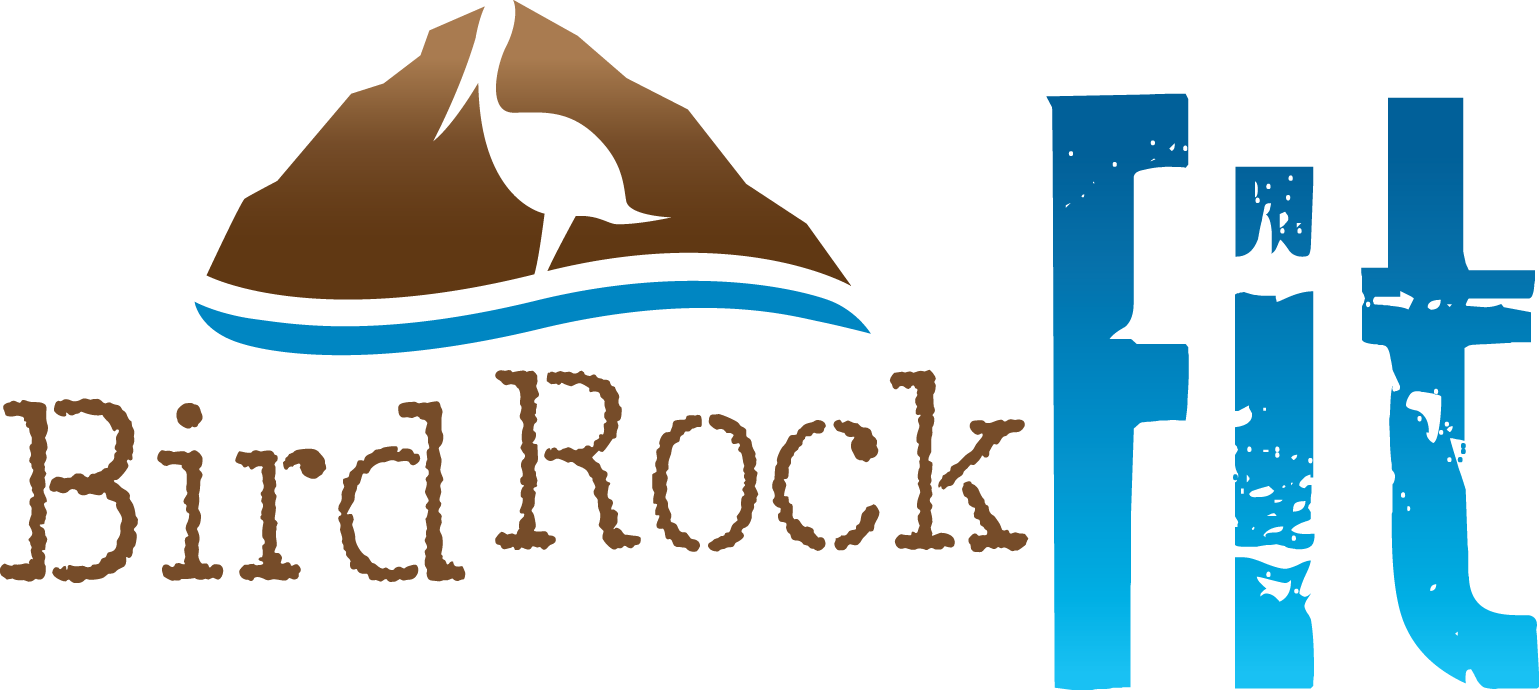Healthy Classic Holiday Dishes
The holiday season is underway, and that means dinner parties with family, friends, and coworkers. The average person gains one to two pounds over the holiday season, but unfortunately almost 65% of us gain closer five pounds. What are some ways to keep our hard work all year from being sabotaged? I have put together a list of three classic holiday dishes and how they can easily be substituted for a healthier alternative into your upcoming menu.
Sweet Potato Casserole vs. Roasted Sweet Potatoes with Rosemary
Marshmallow-topped, rich, and delicious. Dessert should be after dinner, right? Let’s break it down.
| Serving Size: ½ cup | Sweet Potato Casserole | Roasted Sweet Potatoes with Rosemary |
| Calories: | 210 | 106 |
| Fat: | 9 g (6 g from saturated fat) | 7 g |
| Carbohydrates: | 30 g | 11 g |
| Protein: | 3 g | 1 g |
| Sugar: | 15 g | 3 g |
A great recipe for Roasted Sweet Potatoes can be found at http://paleonewbie.com/paleo-roasted-rosemary-sweet-potatoes-recipe/.
Mashed Potatoes vs. Mashed Cauliflower
One of my favorites, being from the Midwest, are mashed potatoes. However, you might be surprised with swapping out the starch for more fiber found in cauliflower. Take a look.
| Serving size: ½ cup | Mashed Potatoes | Mashed Cauliflower |
| Calories: | 119 | 110 |
| Fat: | 5 g | 9 g |
| Carbohydrates: | 18 g | 8 g |
| Protein: | 2 g | 3 g |
The fat content for Mashed Cauliflower is based on this recipe here, http://www.wholefoodsmarket.com/recipe/mashed-cauliflower, and is due to the monounsaturated fats found in olive oil. These fats along with polyunsaturated fats can offer some health benefits like lowering total cholesterol, lowering LDL cholesterol levels, and assisting with blood sugar control. If you prefer to lower the fat content, my recommendation is to use plain Greek yogurt instead of olive oil. This will decrease the fat content to 1.5 g per serving.
Bread Stuffing vs. Quinoa Stuffing
Another one of my favorite side dishes during Thanksgiving is traditional stuffing (especially homemade), but this Quinoa Stuffing made with butternut squash and kale just might hit the spot this year. Here is the comparison.
| Serving size: ½ cup | Bread Stuffing | Quinoa Stuffing |
| Calories: | 177 | 131 |
| Fat: | 9 g | 4 g |
| Carbohydrates: | 22 g | 22 g |
| Protein: | 3 g | 4 g |
You might be thinking there isn’t a huge difference between these two dishes, but the quinoa dish provides carbohydrates from the squash and kale; not to mention antioxidants like vitamins C and E, phytochemicals like carotenoids and chlorophyll, it reduces the total fat by half, has an extra gram of protein, and contributes fewer calories to your overall meal. Again, the fiber from the vegetables will help keep you fuller, longer. Try out this alternative from this website: http://www.goodlifeeats.com/2012/11/butternut-squash-and-kale-quinoa-stuffing.html.
So my question is, who says we have to jeopardize our nutrition over the holidays? Here’s a side-by-side comparison of what a lot of tables will serve, including a serving of turkey, this season and what we can do to offer more nutritionally dense options for ourselves and our guests.
| Serving size: ½ cup | Traditional | Alternative |
| Calories: | 540 | 381 |
| Fat: | 21 g | 21 g (13.5 g with Greek yogurt option) |
| Carbohydrates: | 71 g | 42 g |
| Protein: | 14 g | 16 g |
Katelyn is a Metabolic Effect Nutrition Consultant and Dietetics student at Kansas State University. For more nutritional information or to contact Katelyn, she can be reached at katelyn@birdrockfit.com
